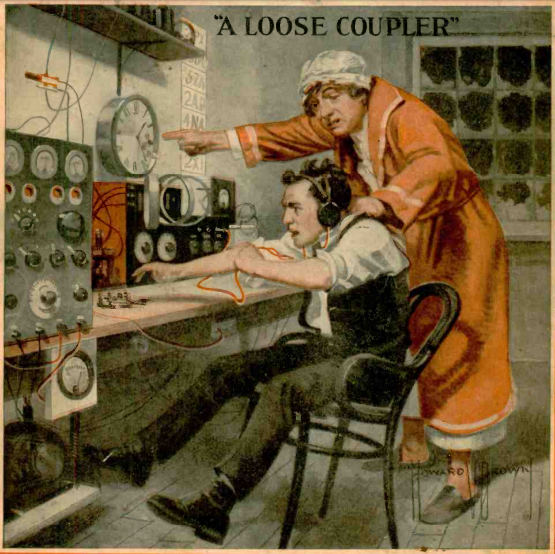 A hundred years ago, radio was clearly a nighttime activity, as shown by this hapless radio buff on the cover of Radio News, February 1923. Hams were still mostly playing around with the medium frequencies just above the standard broadcast band. They didn’t know what the D layer of the ionosphere was, or that it was absorbing their signals as soon as the sun came up. What they did know was that their signals got out at night, but could communicate only locally by day.
A hundred years ago, radio was clearly a nighttime activity, as shown by this hapless radio buff on the cover of Radio News, February 1923. Hams were still mostly playing around with the medium frequencies just above the standard broadcast band. They didn’t know what the D layer of the ionosphere was, or that it was absorbing their signals as soon as the sun came up. What they did know was that their signals got out at night, but could communicate only locally by day.
So they worked the radio by night, and took care of other less essential activities (such as work and sleep) by day. It wasn’t until they started getting pushed up into the “useless” short waves that they realized that those frequencies promised world-wide communications by day or night.
